RKKA anti-tank rifles in production and at the front
One of the main means of combating enemy armored vehicles for the Red Army during the years of World War II was the anti-tank guns of two models. PTR design Degtyarev and Simonov were created as soon as possible and only a few months after the outbreak of war found use on the battlefields. The constant development of enemy armored vehicles could limit the real potential of the PTR, but until the very end of the war weapon and arrows-armor-piercers did not remain without work.
As soon as possible
The development of light anti-tank systems of the type of PTR of a different look has been carried out in our country since the beginning of the thirties. At different times, various models were adopted. However, in August 1940, all work ceased, and the existing products were removed from service. The command of the Red Army considered that in the arsenal of the probable enemy the heavy-armored weapons would soon arrive Tanksprotected from fire PTR. Accordingly, the development of anti-tank defense was associated with artillery.
The opinion of the command changed on June 23, 1941. On the day after the outbreak of the war, an order appeared to resume work on the subject of MRA. The gun of the N.V. system was again sent to the landfill Rukavishnikova. Leading enterprises received orders to develop new PTR. Only a few weeks were given to complete the work.
New projects were created as soon as possible. So, KB-2 of the Kovrov Tool Plant No. 2 presented two PTRs - from the chief designer V.A. Degtyareva and from a group of engineers A.A. Dementieva. According to the results of the PTR tests, Dementyev was seriously reworked, after which it received a recommendation for adoption.
In parallel, S.G. Simonov. It differed from the previous sample by the presence of gas exhaust automation for independent recharging. Despite the great complexity, the project was prepared on time, and the PTR went to the training ground to confirm the characteristics. The refinement was associated with serious difficulties, but in the end we managed to get the desired results.
On August 29, 1941, two new anti-tank rifles, the PTRD of Degtyarev and the PTRS of Simonov, were adopted by the Red Army. Preparations for serial production have begun. The simpler PTRD was launched in September, and by the end of the year more than 17 thousand units were produced. The launch of PTRS was a little delayed, and the first serial products left the assembly line only in November. In the same November, two types of PTR were first used in battles.
Language of numbers
PTRD and PTRS were large-caliber rifles chambered for 14,5 x 114 mm, designed to destroy various types of protected targets. With their help, it was proposed to hit tanks, firing points, including armored and aircraft. Depending on the type of target, fire was fired at distances of up to 500-800 m.
Two MFIs used a cartridge of 14,5x114 mm, originally created for the Rukavishnikov rifle. 1939. During the war, the main modifications of the cartridge were equipped with armor-piercing incendiary bullets B-32 (hardened steel core) and BS-41 (cermet core). 30-g weight of gunpowder provided acceleration of a bullet weighing 64 g to high speeds.
A characteristic feature of the PTR was the long barrel length, which made it possible to fully use the energy of the cartridge. PTRD and PTRS were equipped with rifled trunks 1350 mm long (93 klb). Due to this, the initial velocity of the bullet reached 1020 m / s. Muzzle energy exceeded 33,2 kJ - several times higher than that of other small arms. The presence of a gas engine slightly reduced the energy of PTR Simonov and affected the combat qualities.
Using a B-32 bullet, both PTRs from a distance of 100 m with a direct hit punched up to 40 mm of homogeneous armor. At a distance of 300 m, penetration for the ATRA was reduced to 35 mm; PTRS due to automation could show less high results. With a further increase in the distance, penetration indicators decreased. As noted in the instruction on the small business of 1942, firing on armored vehicles could be carried out from 500 m with the best results at 300-400 m.
Evolution of goals
The abandonment of the PTR in 1940 was due to the fact that the Red Army command was expecting the appearance of tanks with frontal armor with a thickness of at least 50-60 mm, which only artillery could handle. As the events of the summer of 1941 showed, the enemy was simply overestimated. The main tanks of the Wehrmacht had much less powerful defense.
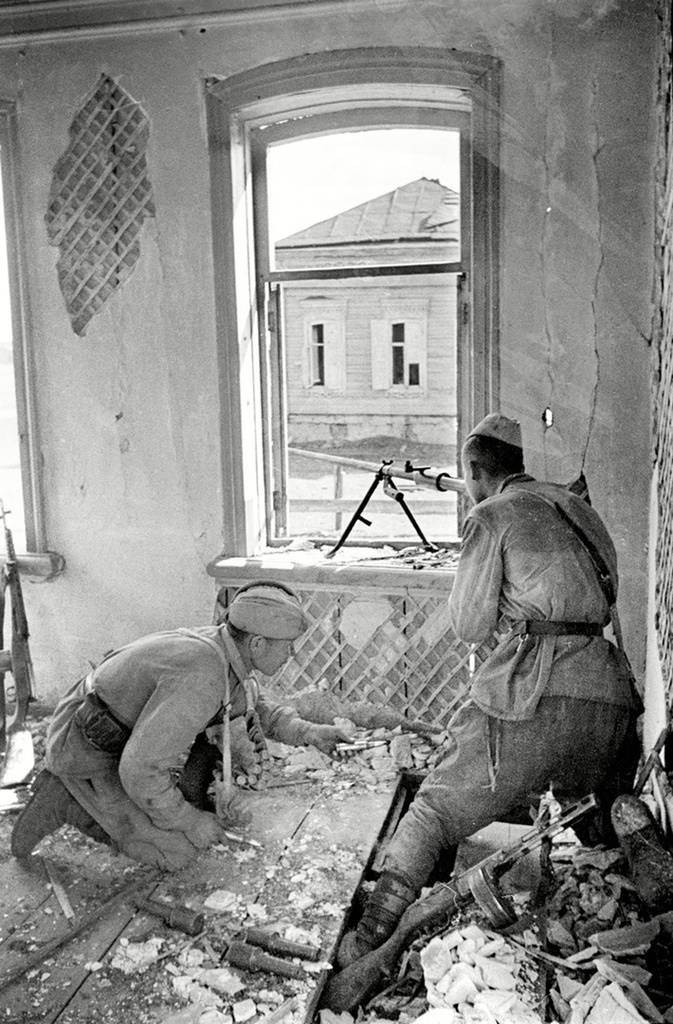
The basis of the German tank fleet was light class vehicles. So, one of the most massive was the Pz.Kpfw.II tank - about 1700 units of all modifications. Early versions of this vehicle had armor up to 13 mm thick (body) and 15 mm thick (tower). In later versions, the maximum thickness of the armor reached 30-35 mm.
When attacking the USSR, approx. 700 light tanks Pz.Kpfw. 38 (t) Czechoslovak production. The hull and turret of such equipment had armor up to 25 mm thick, mounted at different angles. Other areas were noticeably thinner.
Before the attack on the USSR, German industry managed to master the production of medium tanks Pz.Kpfw.III of a number of modifications. The cars of the early series had armor no thicker than 15 mm. In the future, protection increased to 30-50 mm, including using overhead parts.
Medium tanks Pz.Kpfw.IV initially had 30-mm frontal armor, but with further improvement, the protection was repeatedly improved. On the latest versions, a forehead 80 mm thick was used. However, even on the later Pz.Kpfw.IV, the side projection had a protection of no more than 30 mm.

All subsequent German tanks, created after the attack on the USSR, had relatively thick armor on all projections. Its penetration from the PTR at any range and angle was excluded.
Bullet against armor
Thanks to the fairly high characteristics, the PTRD and PTRS could hit the Wehrmacht light tanks at distances of up to 300-500 m. Early medium tanks were also a good target, which could be disabled by a successful hit. However, in the future the situation began to change. Improved modifications and completely new tanks featured enhanced protection, both on the forehead and in other projections, which could protect them from PTR fire.
Despite the strengthening of the frontal projection, the side often retained less thick armor, which did not go unnoticed by the armored personnel carriers. Later tanks did not make their way into the side - they responded with fire on the chassis, optics and weapons. The arrows kept a chance to hit the target from an acceptable distance.
It should be noted that the realization of the full potential of the PTR was associated with special difficulties and required the shooter to be courageous, and sometimes heroism. Unlike the tank crew, the calculation of the PTR for the position had minimal protection. The effective firing range did not exceed several hundred meters, which is why the armor-piercers risked attracting the attention of tankers or accompanying infantry. At the same time, such a tank-dangerous target became a priority for the enemy.
As a result of this, a successful battle with enemy tanks was accompanied by constant high losses among personnel. This fact is reflected in the army folklore in the form of a saying about the long trunk and short life. However, under the difficult conditions of 1941-42. I did not have to choose. Anti-tank rifles were a full-fledged element of anti-tank infantry, working together with more powerful artillery.
In production and at the front
The serial production of the PTRD started in September 1941, and within a few months, tens of thousands of such products were counted. Production continued until 1944, and during this time the Red Army received more than 280 thousand guns. PTR Simonov went into series a little later, and the complexity of the design affected the pace of production. It was produced until 1945, transferring to the front a total of 190 thousand products.
PTR entered the states of the formations in December 1941. Then the infantry regiment was given the company PTR with three platoons of three compartments in each. The department included three calculations with guns. In the future, as the troops were saturated with armaments, it was possible to change staff - until the introduction of gun companies into the battalion of the rifle regiment. Also, over time, the company PTR appeared in the anti-tank division of the division.
With all the difficulties and risks, in the early stages of the war, two types of anti-tank missiles were very effective weapons. It allowed rifle units to fight the vast majority of enemy armored vehicles, as well as to hit other targets. In the future, the reservation of enemy tanks improved, and by 1943-44. they ceased to be the main target of armor-piercers. However, PTR continued to be used to defeat light armored vehicles of various classes, firing points, etc. Separate cases of successful firing on low-flying aircraft are known.
Even having “lost” their original anti-tank mission, the Soviet anti-tank missiles were massively used until the end of the war and successfully completed their tasks. The last 14,5 mm bullets were already fired on the streets of Berlin.
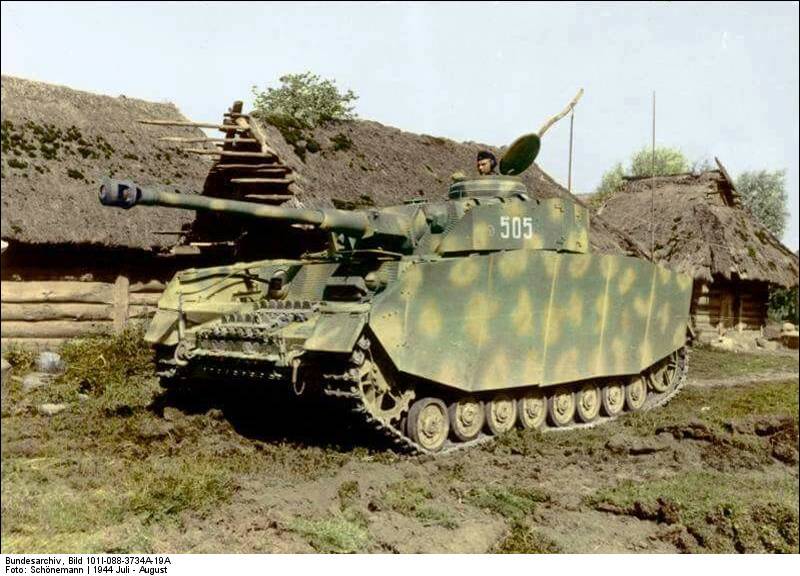
During the years of the war, serial PTRs managed to show themselves as effective, but difficult to use weapons. On the combat account of the PTR calculations, hundreds and thousands of protected enemy vehicles, both temporarily disabled and out of combat, and completely destroyed. Thousands of armor-piercers received well-deserved military awards.
Contribution to victory
Generally story Soviet anti-tank rifles of the Great Patriotic War is of great interest. Since the beginning of the thirties, our designers managed to study well the issue of light anti-tank systems and then lay the foundation for their further development. The development of the PTR area was interrupted for a short time, but already in the summer of 1941 all measures were taken to create and introduce new models.
The results of these measures were not long in coming, and a simple and effective mass anti-tank weapon appeared at the disposal of the Red Army small arms. PTRs became a successful addition to artillery and were used until the very end of the war. Moreover, their potential turned out to be much higher: Soviet anti-tank rifles are still used in local conflicts.
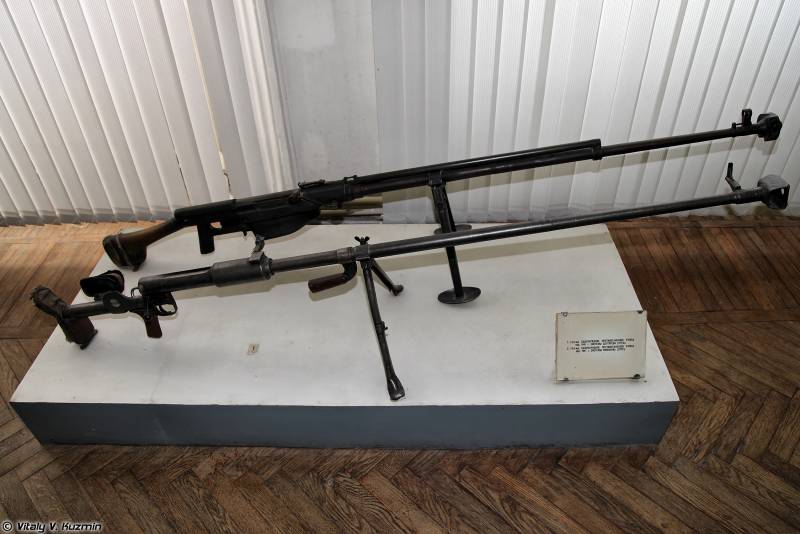
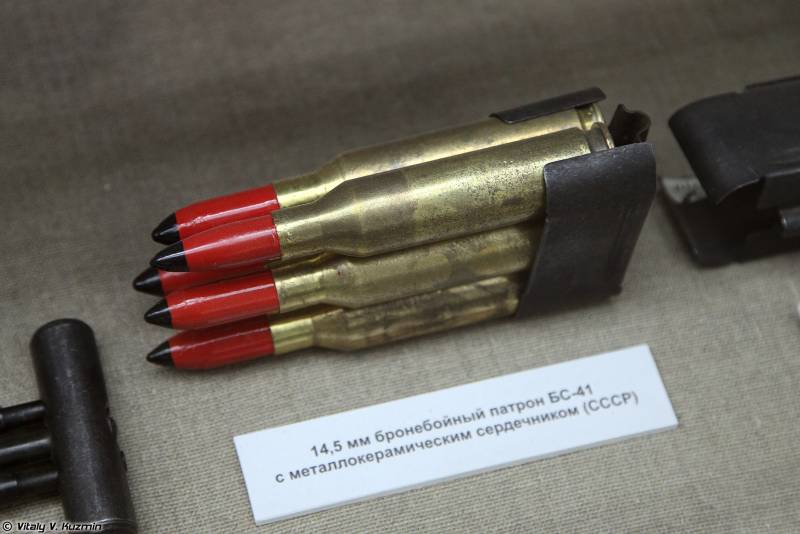
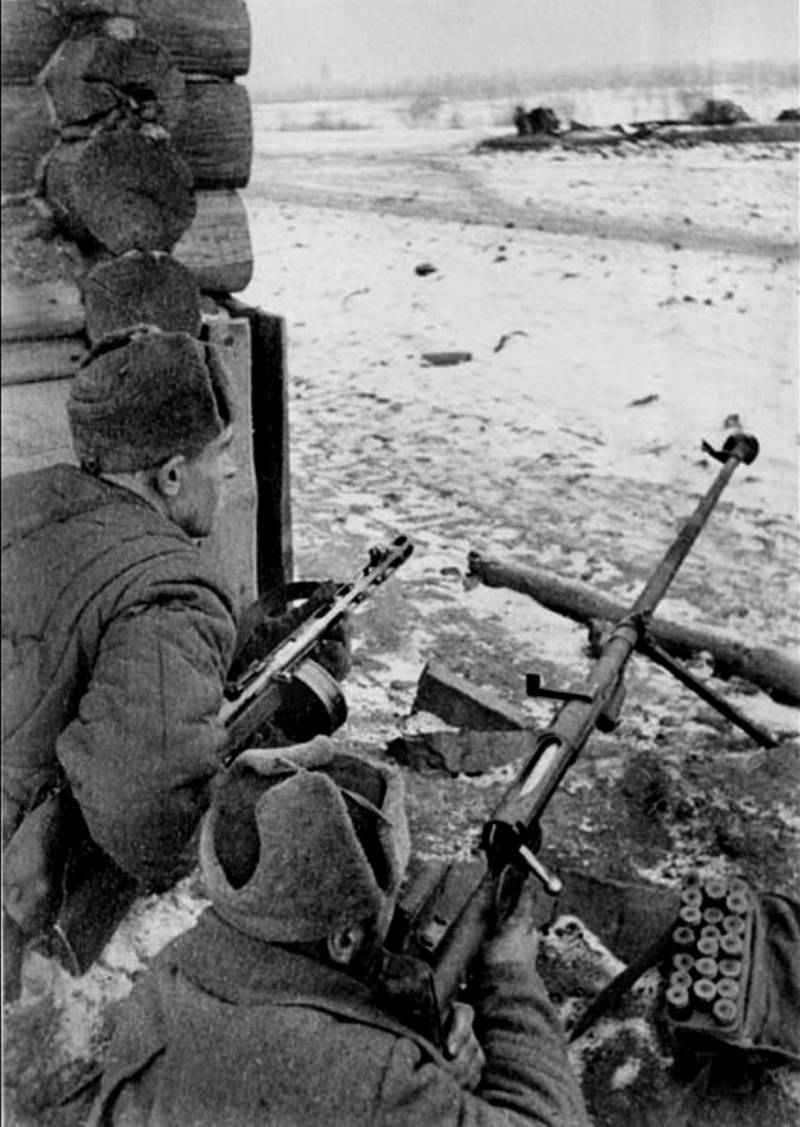
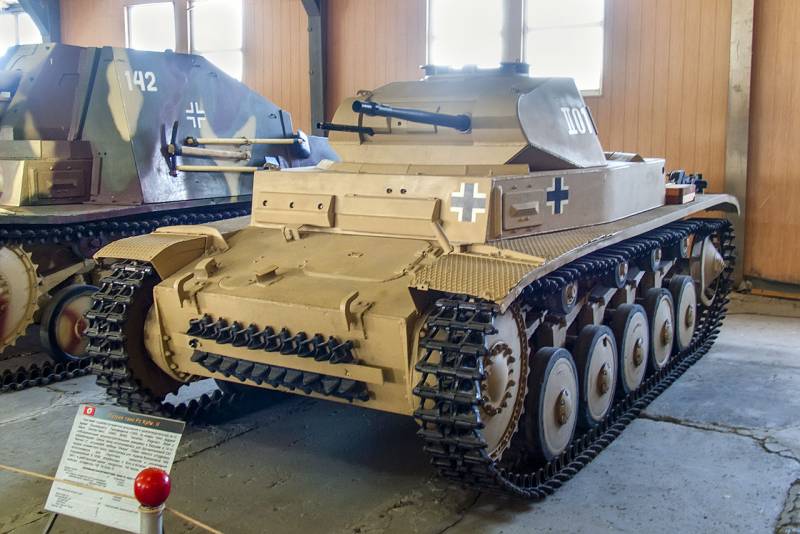
Information